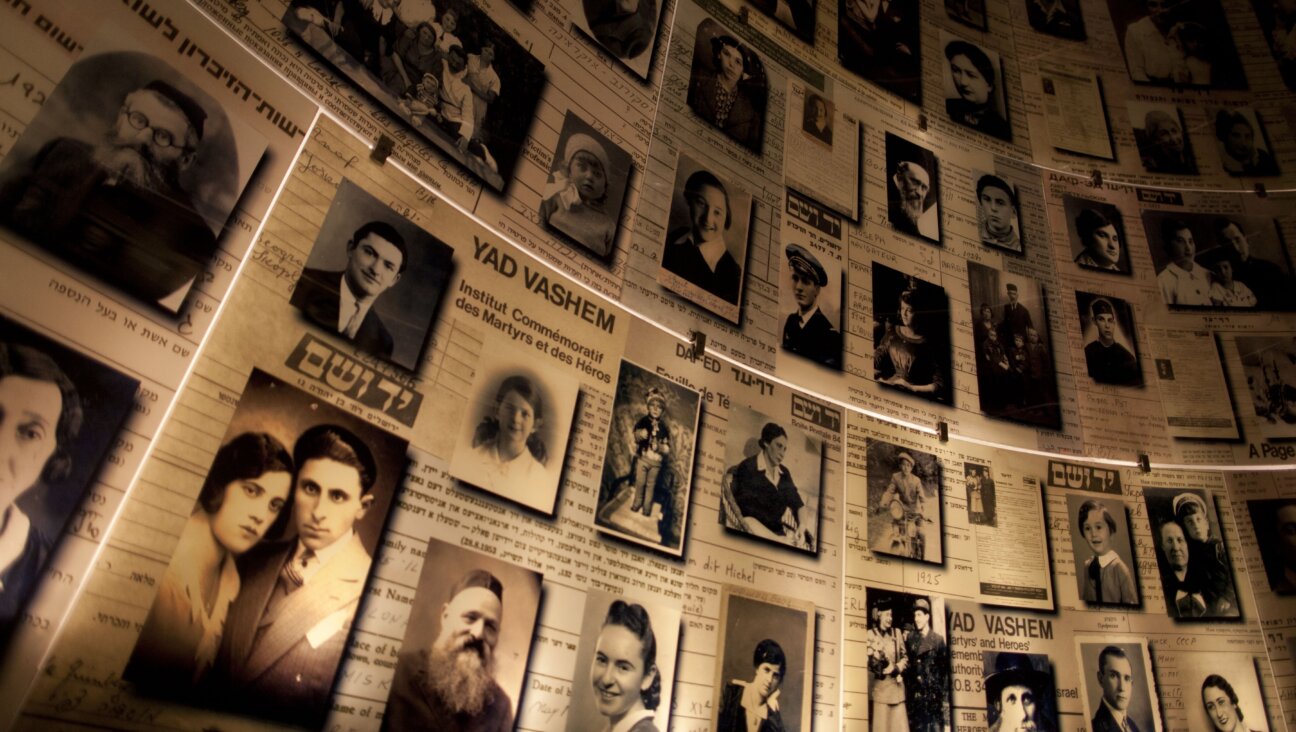Four Years On, Many Gaza Evacuees Are Without Permanent Homes
More than four years after her family was ejected from their home in the Gaza Strip, Karen Sarfaty lives with her husband and four of their children in a small pre-fab house in this small town located about midway between the southern Israeli cities of Ashkelon and Ashdod.
Neither she nor her husband have found adequate employment. The compensation she received from the government is running out. Her daughter is only now beginning to overcome the trauma of their forced removal from Gaza. And while the lots allocated to them to build permanent houses are nearly ready, Sarfati says she lacks the money for construction.
“I have a lot of anger inside of me,” Sarfaty told JTA. “If [the evacuation] had to be, then it had to be. But at least if it had to be, it should have been done the right way.”
More than four years since the August 2005 removal of some 9,000 Israelis from Jewish settlements in the Gaza Strip, the national trauma of the forced evacuation is firmly in the past. But for the majority of evacuees, who still do not live in permanent homes, the trauma has not ended.
According to a report last November by Friends of Gush Katif, the American arm of the former Gaza residents’ official representative in Israel, unemployment among the evacuees is 21 percent, and only 12 percent have begun construction on permanent homes. Housing construction has begun at only seven of the 23 sites where the evacuees are to be resettled. At about half the sites, work on permanent infrastructure – the prerequisite for housing construction – has not begun.
The situation is so bad that the Knesset has established a commission of inquiry to look into the matter. In an interim report issued in September, the commission said the government basically had failed in its handling of the evacuees, though it also noted that a lack of cooperation from some in the settler community contributed to the delays.
According to government data cited in the report, only about half the 1,800 or so families had been allocated plots of land to build new homes. Of those, only about 250 families had begun to build as of last August.
Several evacuees noted with disgust that while the government managed to speedily carry out the evacuation – also known as the disengagement – from conception to execution, the rehabilitation has dragged on without any sense of official urgency.
“There was terrible foot dragging,” says Dror Vanunu, the international coordinator for Friends of Gush Katif.
Evacuees were supposed to be housed in temporary quarters and then moved to permanent dwellings. But in Nitzan, which is home to the largest concentration of former Gaza residents in the country, the community has all the trappings of a permanent neighborhood.
The community has schools and groceries, playgrounds and hair salons. Many families have upgraded the small, pre-fab housing units known as caravillas with additional rooms and elaborate gardens.
About a mile to the south, where permanent dwellings are to be built, roads have been paved and sewage and electricity lines installed, but construction on housing has not begun. According to Vanunu, the paved roads and absence of pedestrians have made the area a popular destination for high-speed motorcycle racing – so much so that the authorities have broken up parts of the pavement to discourage the practice.
“Look around,” Vanunu says. “Not even one single house was built.”
A spokesperson for the commission of government inquiry said the infrastructure is in place and the onus is now on the evacuees to begin construction of their homes. But Sarfaty says that after more than four years with minimal income, the family lacks money to begin construction, and they may be forced to sell part of their plot to finance a new home.
Rachel and Moshe Saperstein also have not begun construction on a new home. The Sapersteins, who moved to Neve Dekalim, Gaza, in the 1990s in protest of the Oslo Accords – or, as Rachel likes to say, to “put our bodies where our mouths were” – live a few blocks from the Sarfaty family in a caravilla with a small garden where Moshe, who lost an arm in the 1973 war and several fingers in a terrorist attack, likes to smoke cigars.
Their future home will be in Bnei Dekalim, a new community being built in the eastern part of Israel’s Lachish region. The town eventually is supposed to include a luxury hotel, cottages for rabbis on sabbatical and a health spa. Infrastructure is being built in the area, but it will be many months before the Sapersteins move into their new home.
“I wish I were 39 so I could build a town, watch it grow and still have a few years left,” Rachel says. “When you’re 69 going on 70, you should theoretically be living in a place that is built. But I’m excited. I’m going to build a town at 69.”
That sort of optimism isn’t always easy to muster among the evacuees, but Sarfaty says her faith helps her to cope.
“We’re people that believe. We believe that everything is for the best,” she says. “Maybe right now we can’t see it. Maybe in another couple years we will see it.”














